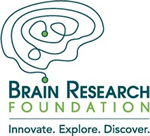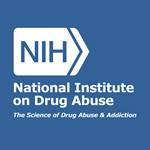Research

The World Health Organization estimates that mental, neurological and substance use disorders account for 13% of the global burden of disease, and one in four people will develop one or more disabling mental disorders during their lifetime. Many drugs currently used for the treatment of neuropsychiatric disorders are highly unselective, in some cases affecting multiple neurotransmitter systems in many different brain regions, which can result in severe unwanted side effects. Nevertheless, the drugs used to treat neuropsychiatric diseases have changed little over the last 40 years, largely because we do not yet understand how the neural circuits altered by these diseases operate in the healthy brain, let alone how they malfunction in disease.

Recently, several technical advances have afforded us the opportunity to more thoroughly understand circuit function. Specifically, the combination of optogenetics, electrophysiology and novel viral tracing techniques has revolutionized modern neuroscience and will provide new opportunities for mapping and functional testing of brain circuits. Our laboratory employs these techniques with the goal of providing an essential foundation for understanding normal and pathological brain function.
Research in our laboratory focuses on two key areas. In the first line of research, we investigate how brain circuits that use the neurotransmitter dopamine contribute to motivated behavior, learning and addiction. Ventral tegmental area dopamine neurons in the mesocorticolimbic system (often referred to as the “reward pathway”) have long been known to provide a critical reward signal for learning and addiction. However, our work indicates that these circuits do much more than encode reward – they also contribute to negative effects such as aversion and depression. How a single neurotransmitter could mediate both these effects is currently unknown and an important goal of the research in our lab.
In a second area of research, we have started to tackle a new problem — understanding the neural circuit basis of depression. According to the World Health Organization, depression affects 350 million people worldwide and the global economic cost of depression-related disorders is estimated at $800 billion per year. By the year 2020, depression is predicted to be the second leading cause of disability in the world. Despite the prevalence, economic burden and the tremendous efforts put into basic and clinical research, fundamentally new treatments for depression have not yet been developed. Our goal is to identify and map brain regions that are critically involved in specific depression symptoms and to see what is happening in these areas in depression-like states. We believe that this understanding could be critical to identify novel drug targets and to understand depression not as a single entity but as a diverse set of symptoms, each of which can be treated independently in a new era of personalized medicine.
Methods
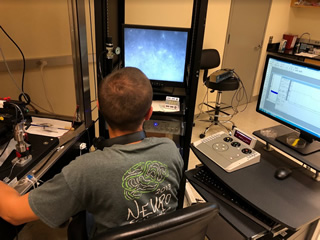
ElectroPhysiology
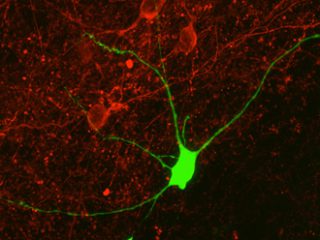
Circuit Mapping
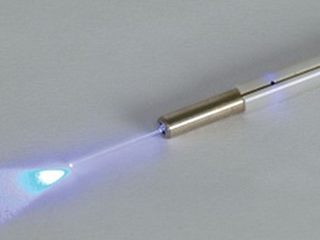
OptoGenetics & Imaging

Behavior
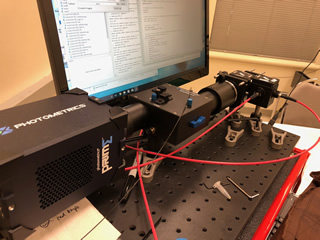
Fiber Photometry

Calcium Imaging
Funding
